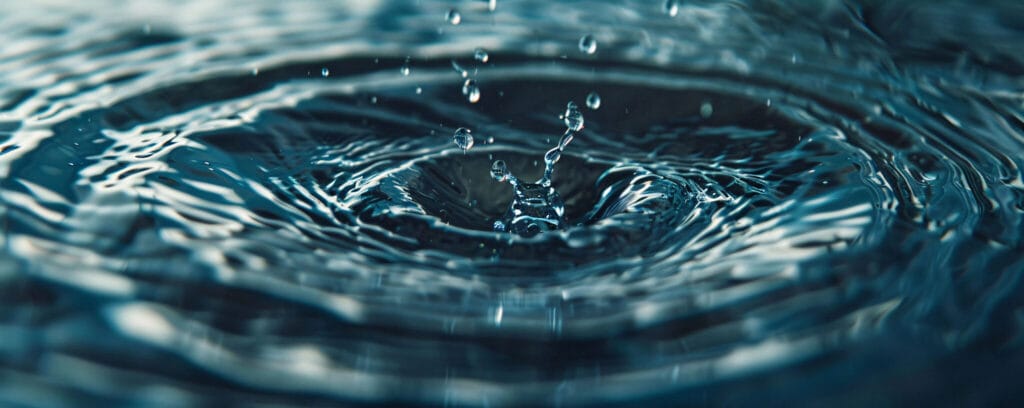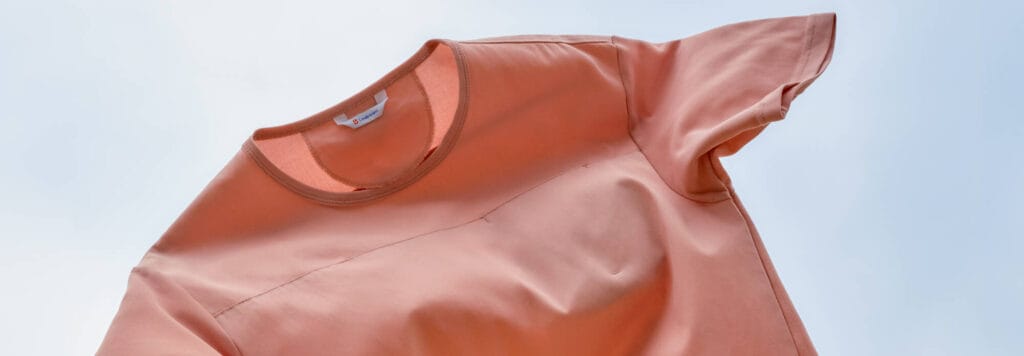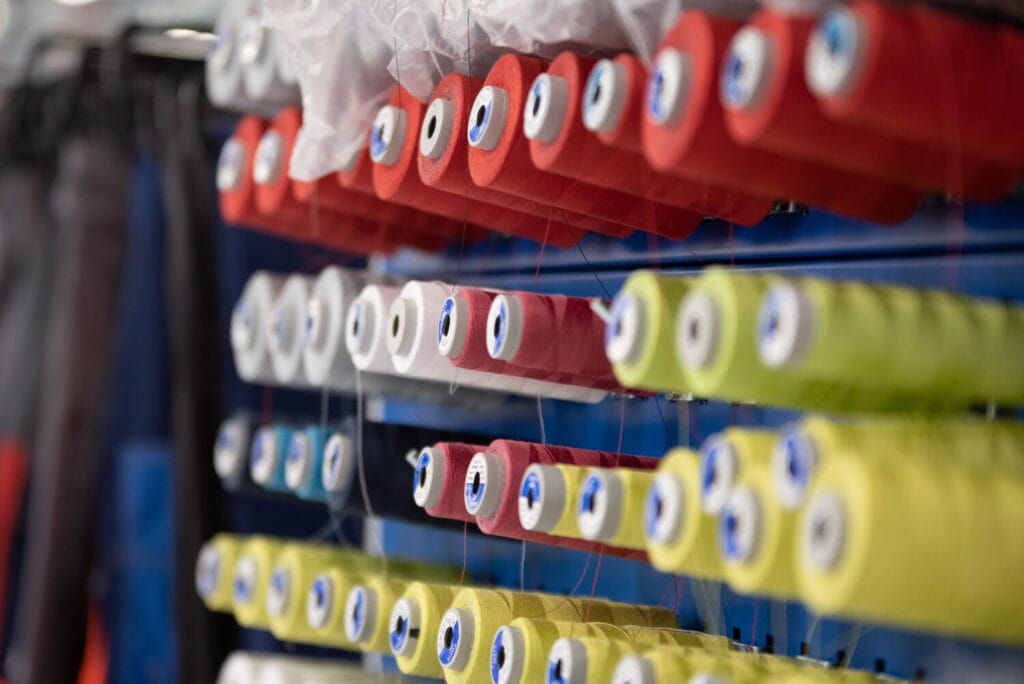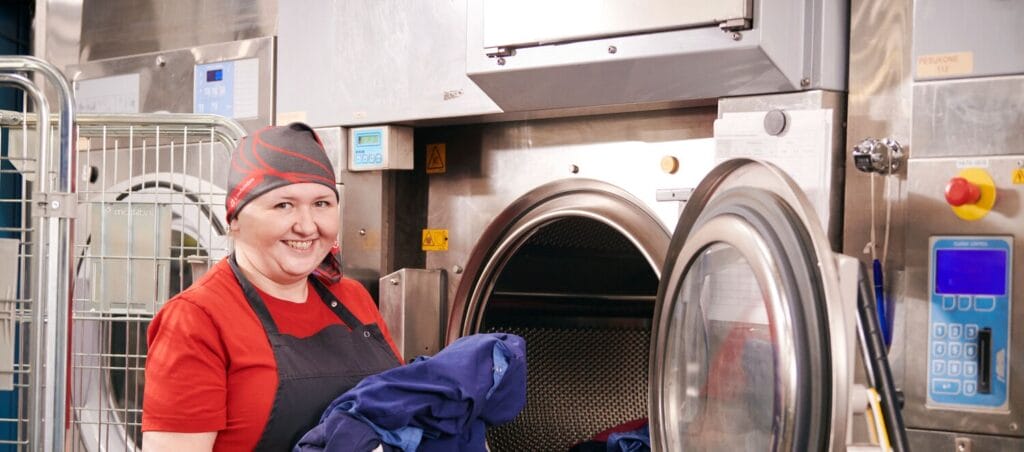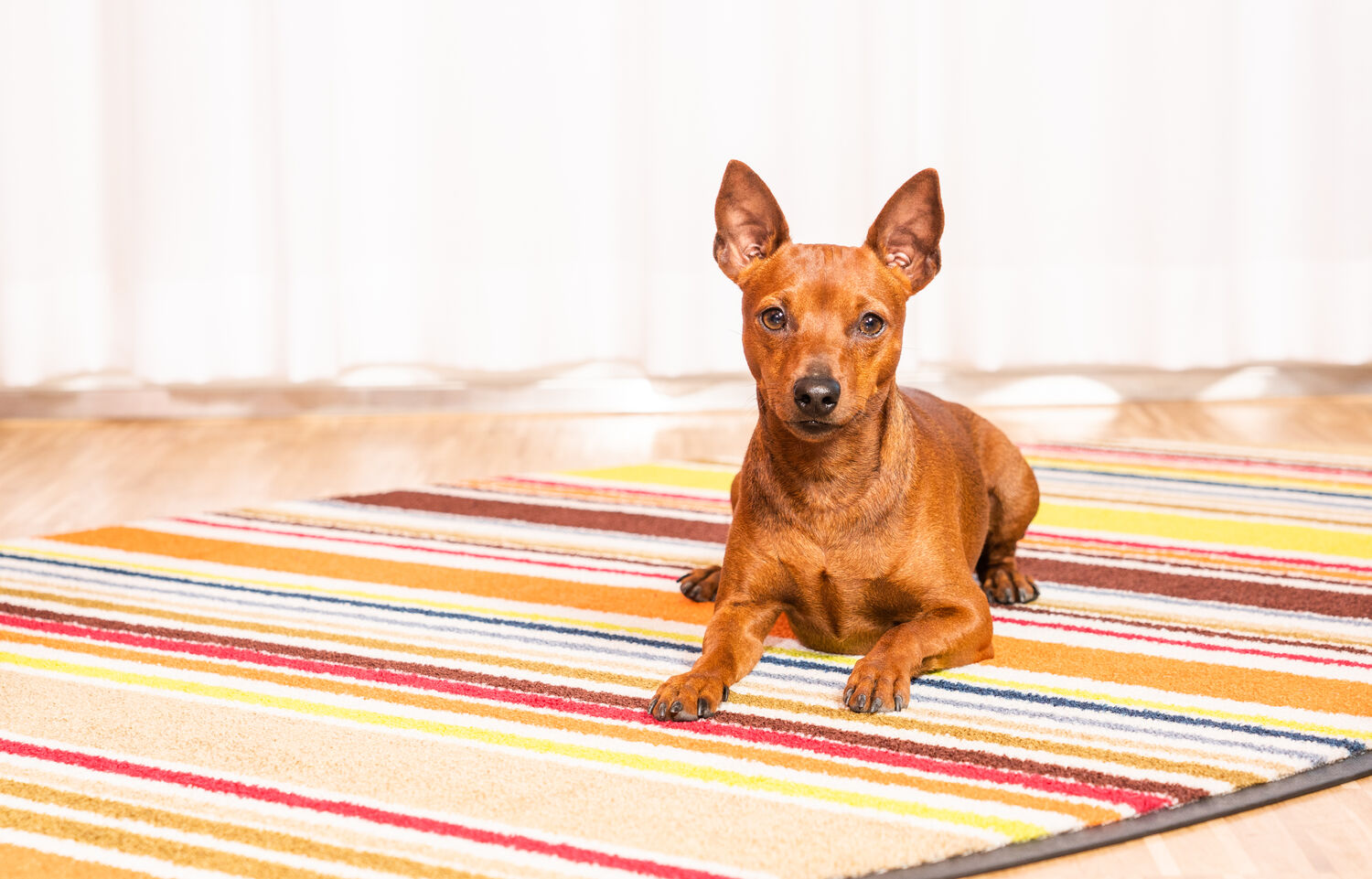
Recycling mats: complex and compelling
Plasterboard panels, floor tiles, and wall panels. These are some of the ways old Lindström mats get a second chance at life. More options are on their way.
“It is difficult to recycle mats,” notes Kaspars Grava, Service Owner of Lindström’s Mat Service. A mat consists of three layers: the yarn, the rubber underlay, and the mid-layer that connects the two.
“Traditionally, it has always been a challenge to separate them and do something with the materials by themselves.”
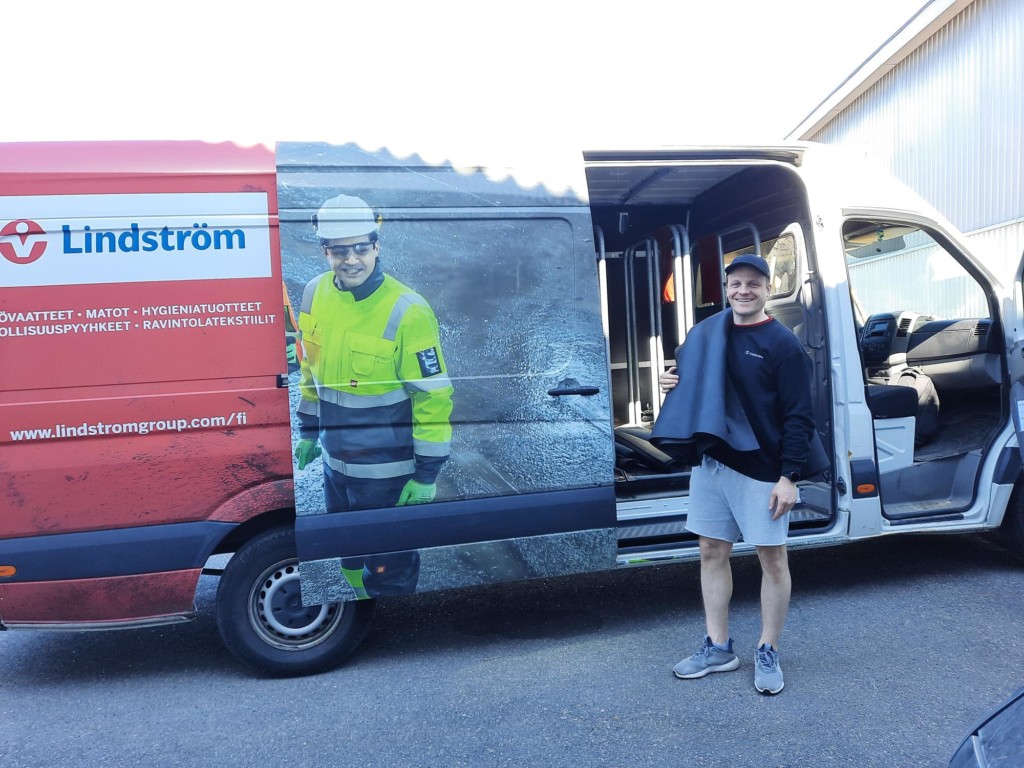
One solution so far has been to mechanically grind the mats into small granules that can be used in golf simulators, anti-vibration mats, and infill for football fields, to name a few. Another option is to cut the mats into smaller rectangles and use them as reinforcement in sound insulation mats for floors and walls.
Doubling numbers
Recycling mats may be challenging, but that has not stopped Lindström from setting hairy goals for 2023.
“In 2022, we worked with mat recycling partners in the Czech Republic and Romania. Together, we were able to recycle 14.4% of our end-of-life mats. This year, we are reaching for 30%,” shares Grava.
“Simultaneous to searching for more recycling partners, we are exploring new material compositions that will make the process easier. My ultimate dream is to get to a point where the yarn and rubber from old mats can be reused in producing new mats.”
Emissions vs. benefits
Technically, Grava’s dream is ready to come true. There are, however, many moving parts that need to line up.
“Sustainability is at the heart of what we do, and that includes looking at the cost of transport and logistics. It is not only about what we do, but how we do it. If we have to transport end-of-life mats from one corner of Europe to another, the emissions will outweigh the benefits. It needs to make sense for our business, and it needs to make sense for the environment – both at the same time.”
Trials with new materials ongoing
In addition to expanding the network of recycling partners, Lindström is researching and developing new material combinations to make the mats themselves more sustainable.
“It is not easy to be a laundry mat!” Grava exclaims with laughter.
“The washing process is very rough, and it is hard to find new, more sustainable materials that do not require us to compromise on lifespan or quality.”
Trials with different material combinations are ongoing, and Grava is positive that 2023 will bring exciting changes to the mat collections.
“We have already reached the first milestone in terms of sustainable mat collections; globally, all of our design mats, both rented and bought, are made with 100% recycled yarn,” Grava continues.
“Now, we look forward to being able to offer more sustainable standard mats to our clients – mats with the same quality and longevity that they are used to that are even kinder to the environment.”


